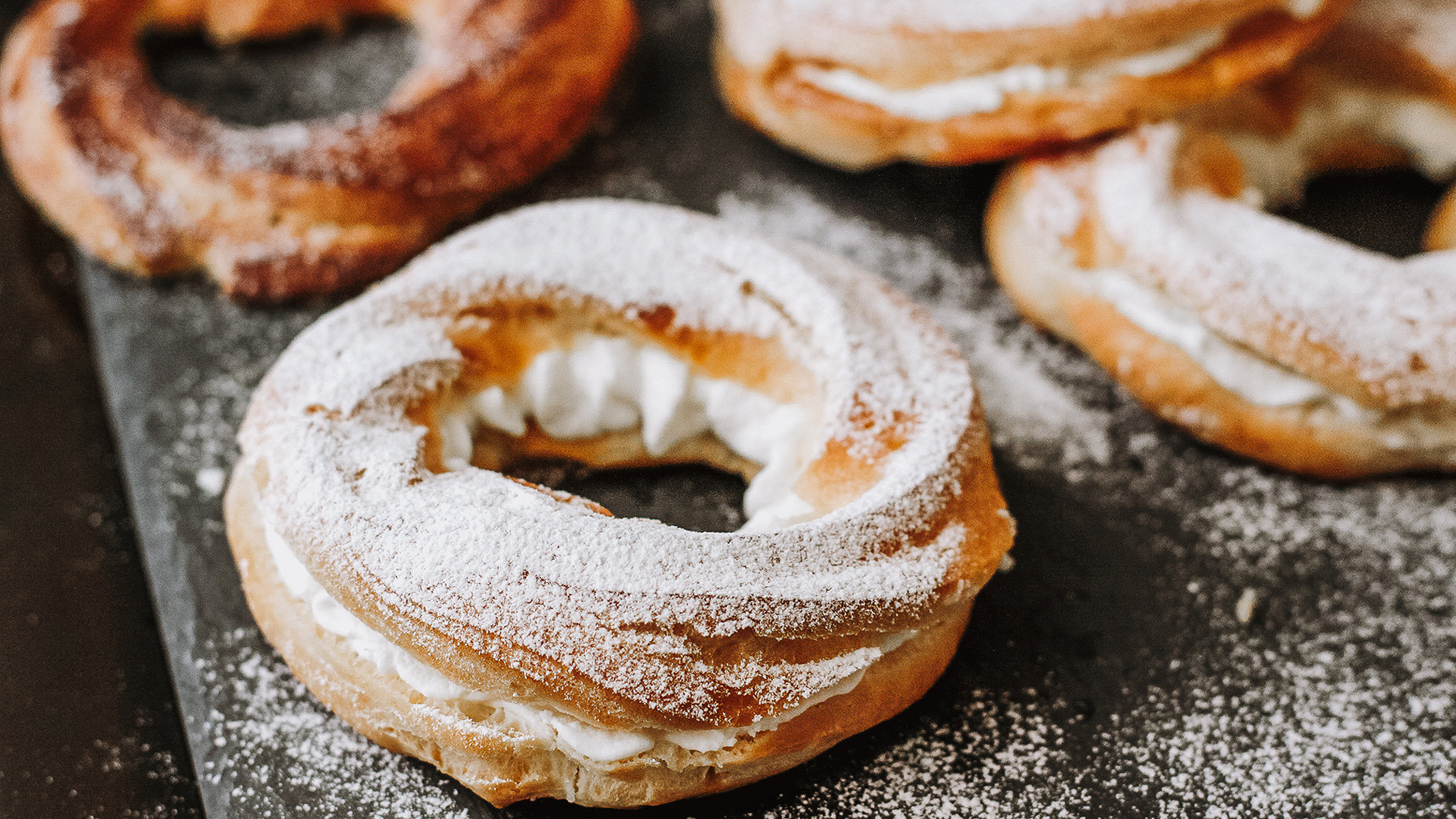
Soviet confectioners were inspired by choux pastry and gave it a signature hint by replacing French custard with cream made of tvorog.
Victoria DreyI guess today there is not a single Russian confectionary where you cannot find éclairs or any other kind of choux pastry. As a truly French type of a dessert, choux pastry has always been one of the main stars of the Soviet and Russian kitchen. It all started with one of the authors of choux pastry recipe, Antoine Carême, who was a pastry chef at the court of Emperor Alexander I in the early 19th century, and his recipes literally revolutionized Russian cuisine.
It is unknown exactly when and who first suggested making choux pastry in the shape of ring and filling them with tvorog cream. But Soviet confectioners were definitely inspired by popular French pastry and gave it a signature hint by replacing traditional French custard with cream made of tvorog (cottage cheese) – the most popular Russian dairy. This type of cream truly differs from any other: it’s both sweet and slightly sour, and it has very unique taste and silky consistency.
Choux pastry is my dad’s main obsession as far as sweet treats. He remembers that back in the USSR it was quite easy to buy éclairs in most confectionaries despite the shortages. Eclairs with buttercream or whipped egg white cream were very common, but the most scrumptious hands down were choux pastry rings with smooth tvorog filling, but they were the hardest to find in grocery stores. Today you can buy tvorog rings in many Russian bakeries and even supermarkets, but any true sweet tooth would tell you that the best way to taste authentic tvorog rings is to make them at home. Store-bought rings usually lack in the main ingredient – delicious sweet and sour tvorog cream that you should generously fill your hand-made pastry rings with.
1. To make the choux pastry, start with mixing water, butter, sugar and salt in a pot and bring this mixture to boil.
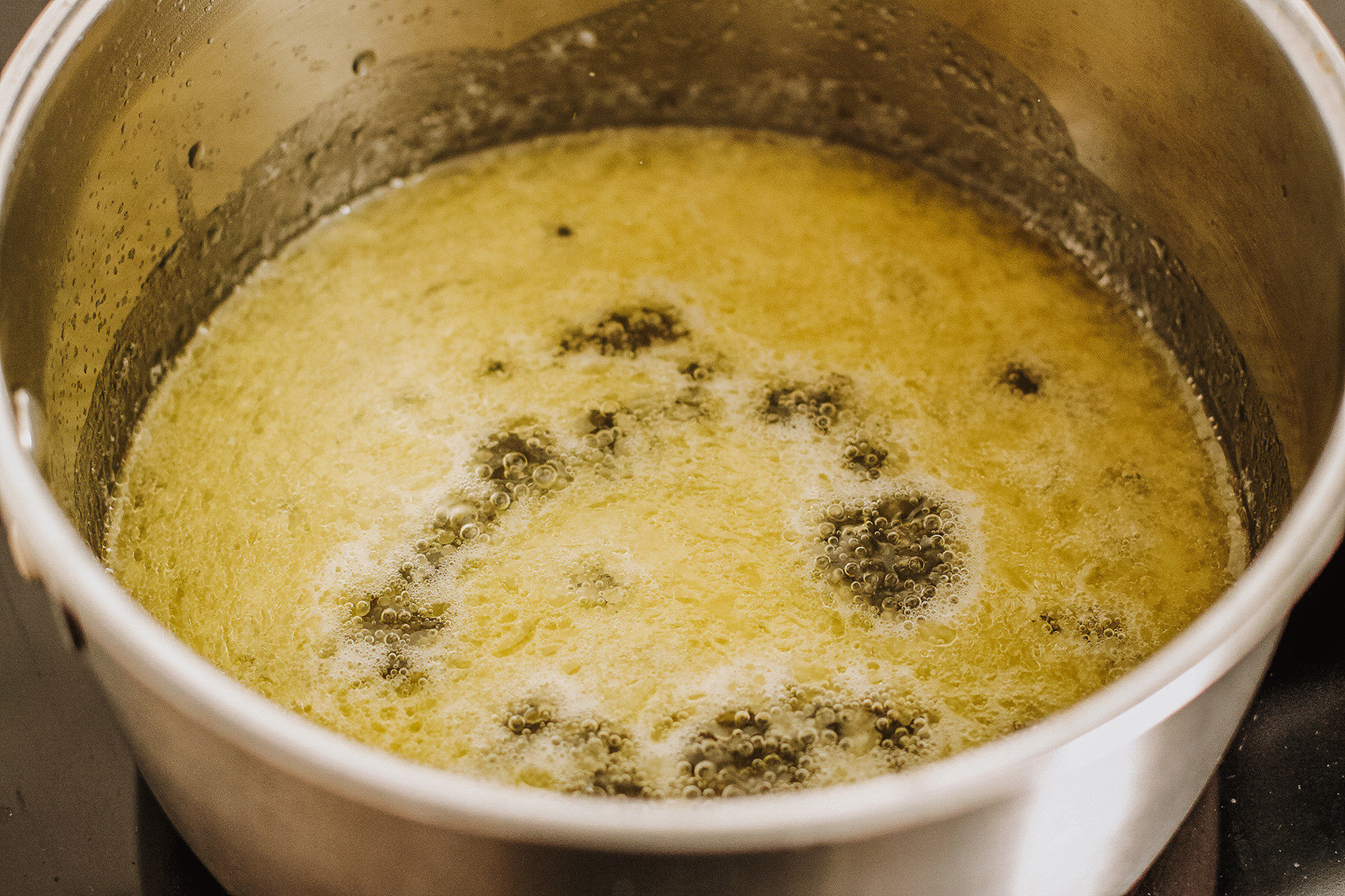
2. Next, add sieved flour and immediately start stirring the pastry with a wooden spoon. It is very important to add all flour at once so that there are no clumps in the mixture. Lower the temperature to medium heat and continue stirring the pastry in the pan for about 3-5 minutes. The perfect choux pastry should easily come off the sides of the pan and come together into quite a thick dough.
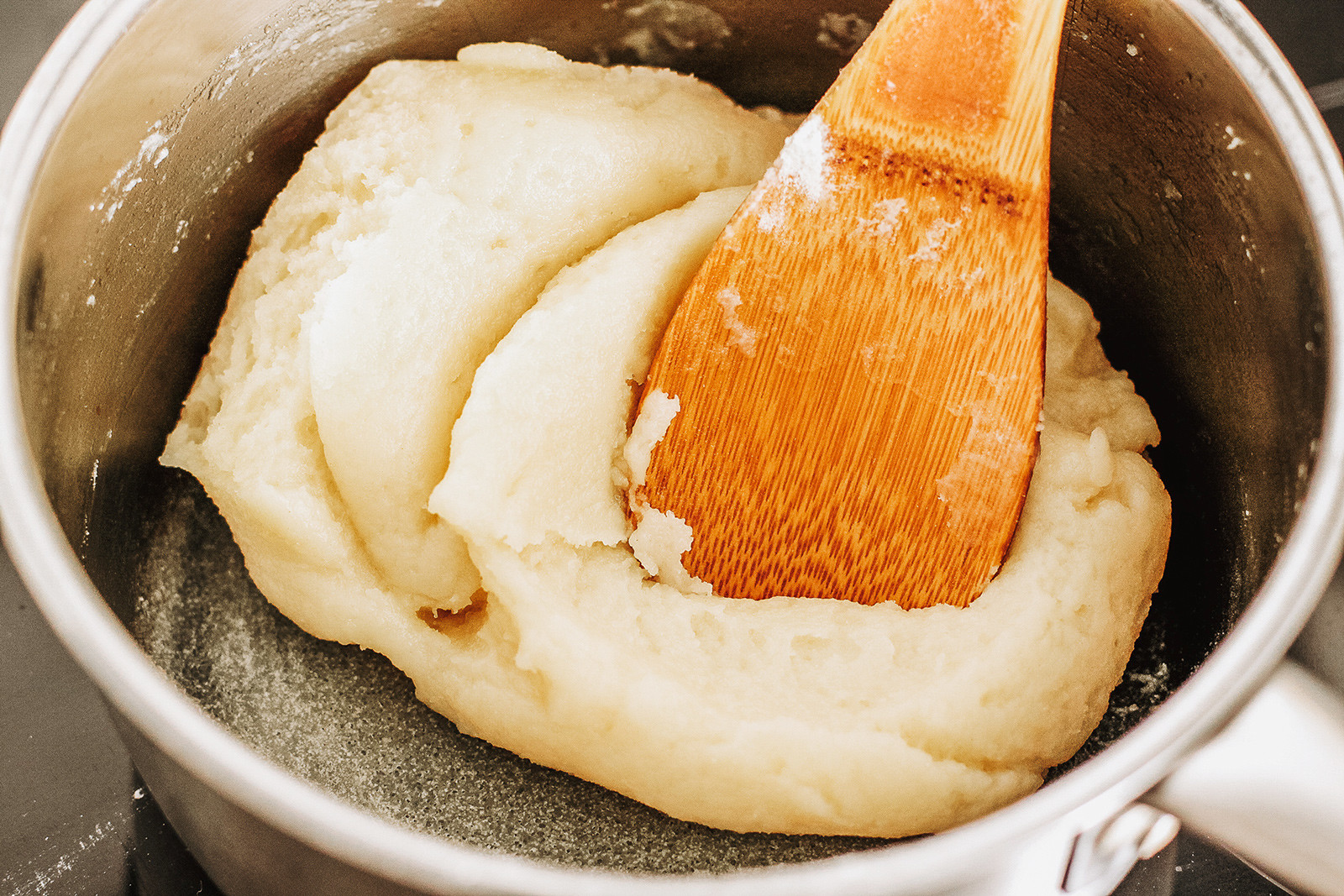
3. Put it in a large clear bowl and let the pastry cool for some minutes so that the eggs do not curdle due to the heat. Next, add eggs one at a time into the mixture and beat the pasty well after each egg. Beat the mixture with a fork or better with a mixer. After adding all the eggs you should get a very smooth and glossy pastry that still holds shape.
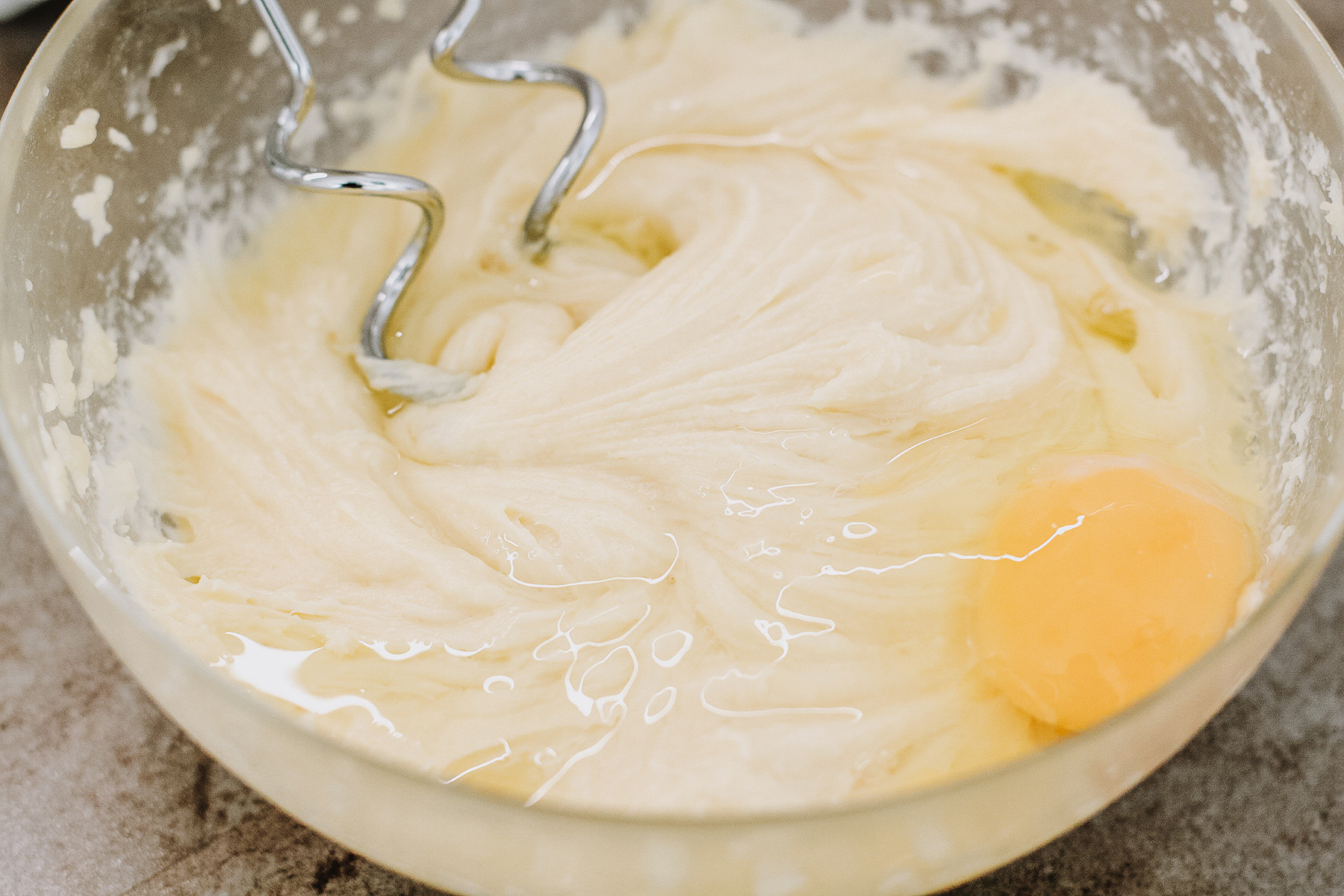
4. Spoon the choux pastry into a piping bag and pipe rings onto two baking trays covered with parchment – from this amount of ingredients I usually get 12 solid rings.
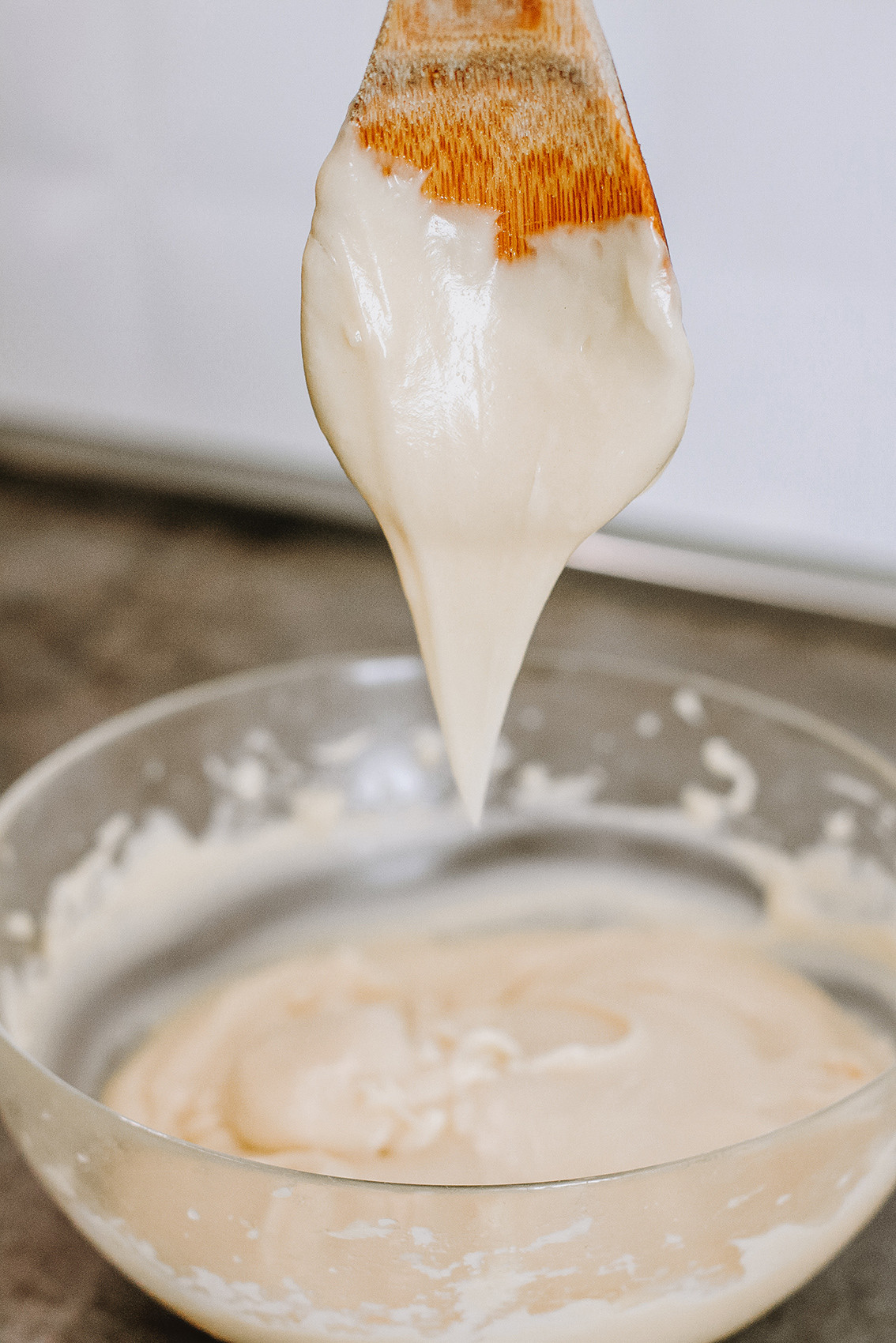
5. Preheat the oven to 190°C. Dust the rings with icing sugar right before baking, and bake for around 20-30 minutes until perfectly golden on top. Make sure not to open the oven door while cooking, otherwise the rings will collapse. Then let the rings cool completely.
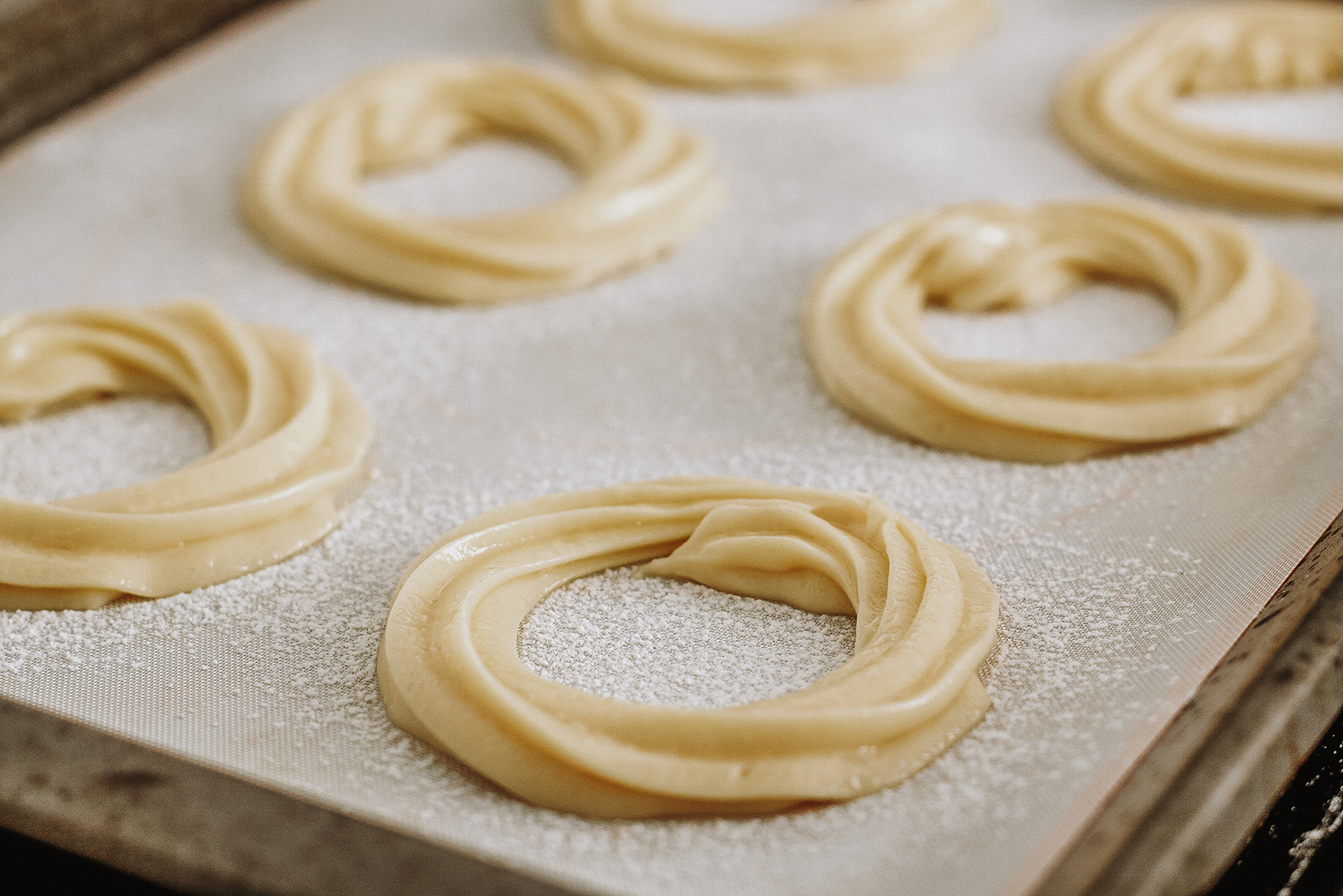
6. Now move on to the signature tvorog filling: using a mixer simply whisk soft tvorog or quark with heavy cream and some powdered sugar to taste. If there is absolutely no way you can find any type of tvorog then use ricotta instead. Fill a piping bag with the cream.
7. Cut each ring horizontally through the middle, pipe a generous amount of the tvorog filling onto the bottom half of the ring and cover with the top half. Repeat with all the rings.
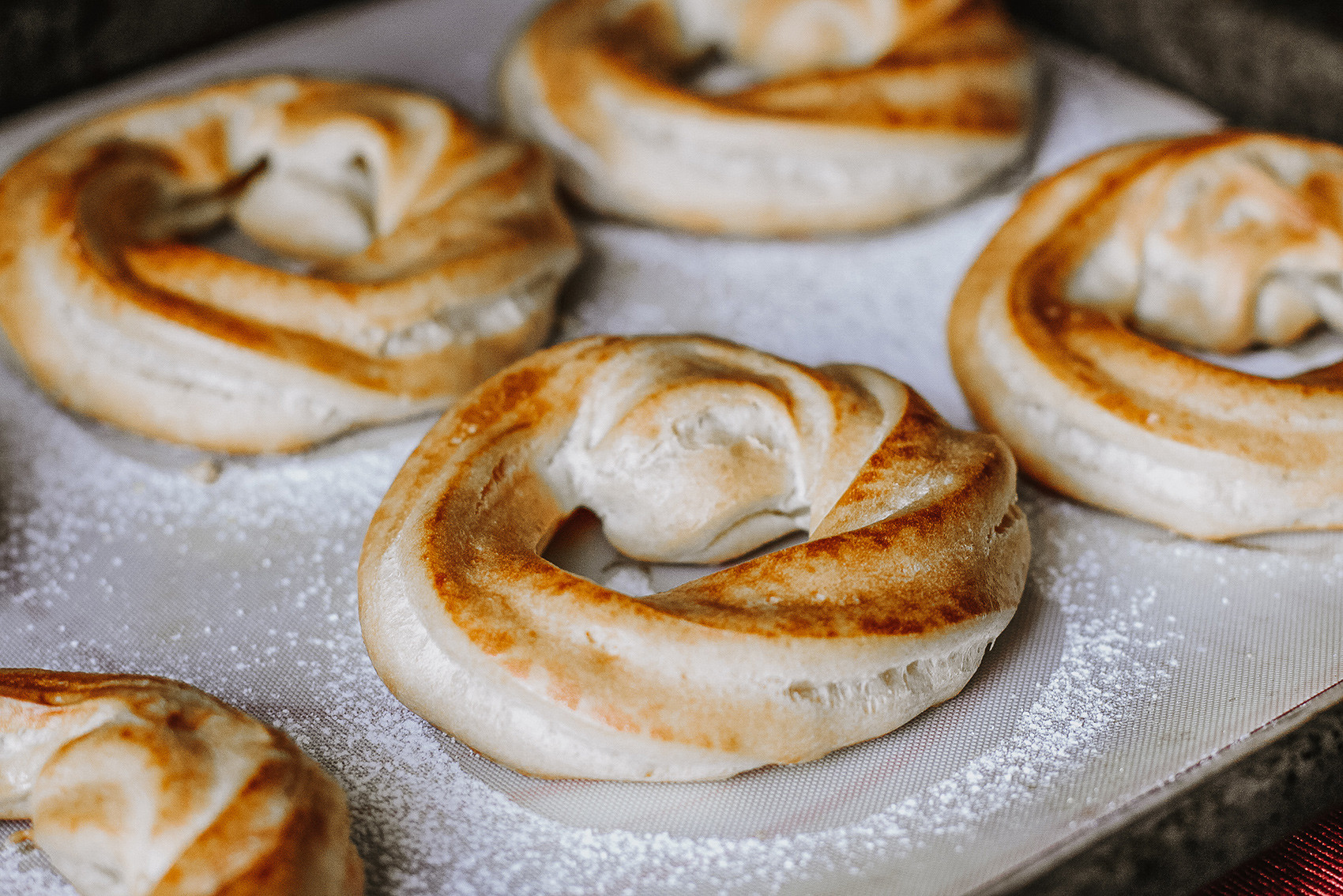
8. Dust with icing sugar before serving, and enjoy with coffee.
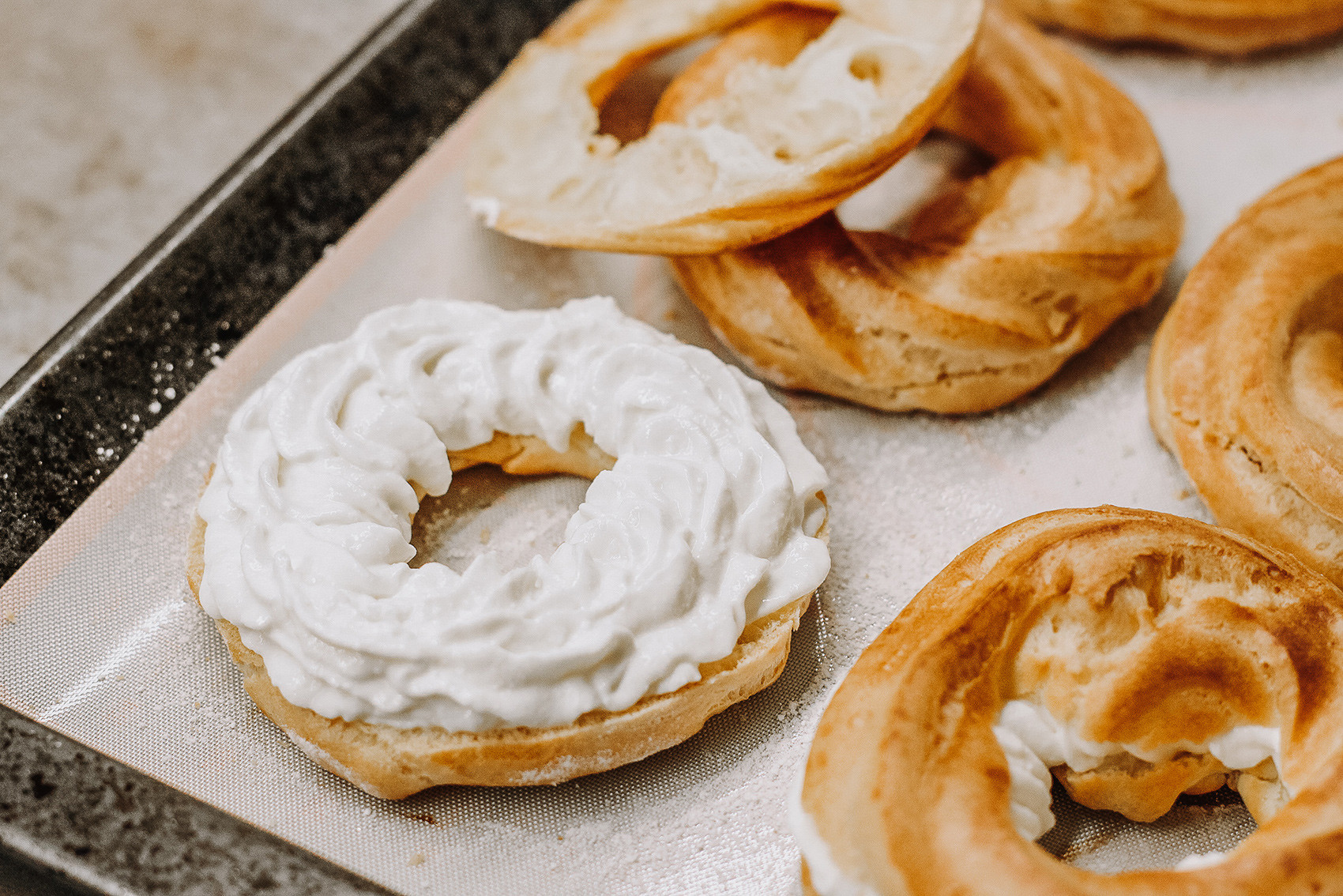
Priyatnogo appetita!
Read more: 10 Russian cottage cheese desserts you should try
If using any of Russia Beyond's content, partly or in full, always provide an active hyperlink to the original material.
Subscribe
to our newsletter!
Get the week's best stories straight to your inbox